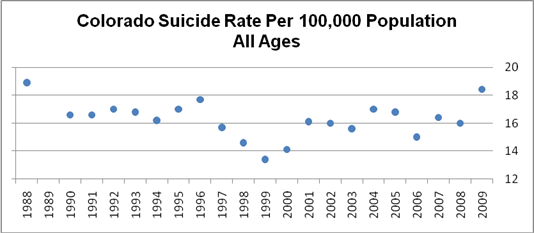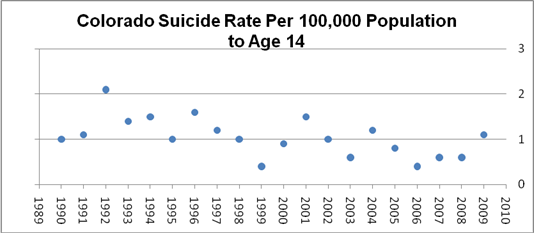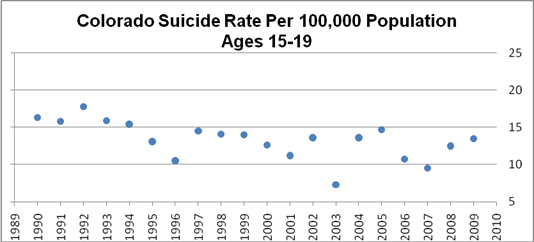
A new study by Dutch researchers confirms what many parents have already discovered: changes in diet can have a profoundly calming effect on a child’s behavior. The study, reported last month in The Lancet, found that for two-thirds of the children studied, changes in diet alone led to the elimination of the fidgety behavior so profitably labeled by psychiatrists as “attention deficit hyperactivity disorder,“ or ADHD.
In no uncertain terms, the study’s lead author underscores diet as the main cause of ADHD. “After the diet [was changed], they were just normal children with normal behavior. They were no longer more easily distracted, they were no more forgetful, there were no more temper-tantrums,” Dr. Lidy Pelsser said in an interview with NPR. About the teachers and doctors who worked with children in the study and witnessed the marked changes in behavior, she said, “In fact, they were flabbergasted.”
CCHR has long advocated giving children with behavioral problems a complete physical exam by a non-psychiatric physician, as well as a nutritional evaluation by a qualified nutritionist, to discover any underlying physical or nutritional conditions causing behavioral difficulties. Parents should also make sure that proper instructional solutions are being applied for any behavioral problems in the classroom, since children’s disruptive behavior can result from not fully understanding, and consequently falling behind in, or not being properly challenged by, their schoolwork.
By 2007, some 5.4 million children in the U.S., or 9.5% of all children ages 4-17, had at some time been labeled with the made-up “mental disorder” known as ADHD, according to figures from the Center for Disease Control (CDC). In Colorado, 7.6% of kids got the label; in Wyoming, 9.1%. CDC figures show that boys are more than twice as likely to be labeled with it than girls. (See Psychiatry: Labeling Kids with Bogus Mental Disorders).
Far more disturbing than the number of kids given this harmful and bogus label is the fact that nearly 3 million of them – some 27,000 in Colorado and 5,000 in Wyoming – have been put on powerful stimulant drugs that endanger their lives. Categorized as Schedule ll drugs by the U.S. Drug Enforcement Administration (DEA) and in the same class as cocaine, opium and morphine, ADHD drugs are highly addictive. These drugs are also known to increase heart risks more than twofold and cause heart attacks, strokes, serious arrhythmias and sudden death in children. Because of this, the US Food and Drug Administration (FDA) requires its most stringent, “black box” warning on ADHD (methylphenidate) drugs. The drugs are also known to cause hallucinations, convulsions, suicidal thoughts and violent behavior in children. (For more studies and international warnings on ADD/ADHD drugs, go to CCHR International’s psychiatric drug side effects search engine, and for more information on documented side effects of psychiatric drugs in children, watch “Drugging Our Children – Side Effects”.)
For the failed practice of psychiatry, the revolving-door prescribing of these drugs for rambunctious and inattentive kids — despite the increased risks to these children – is a profitable business plan. There are no lab tests, brain scans, or any other medical tests that can prove the existence of anything called “ADHD.” The label is merely the subjective opinion of a psychiatric practitioner with a conflict of interest (profit motive), since he can bill Medicaid or private insurance companies for “managing” the “disorder” by writing prescriptions for years to come.
Indeed, a recent New York Times article detailed how psychiatrists now resort almost exclusively to psychiatric drugging because it is fast and profitable. According to the article, a psychiatrist can earn $150 for three 15-minute patient visits for drug prescriptions compared with $90 for a 45-minute talk therapy session. As one psychiatrist admitted, “I had to train myself not to get too interested in their problems.” No wonder a study reported several years ago in the Journal of the American Academy of Child and Adolescent Psychiatry found that 90% of children visiting a psychiatrist for the first time left the office with one or more prescriptions for psychiatric drugs.
If a psychiatrist or other mental health practitioner has told you that any brain scan proves that your child has ADD or ADHD, or if your child has suffered side effects from taking any ADD/ADHD drug, or if any teacher has recommended or required that you put your child on ADHD drugs (which is illegal in Colorado: see “Protecting Your Children: Colorado Law Prohibits School Personnel From Recommending Psychiatric Drugs”), we want to talk to you. Please contact us at 303-789-5225 or report the details of your experience here.



